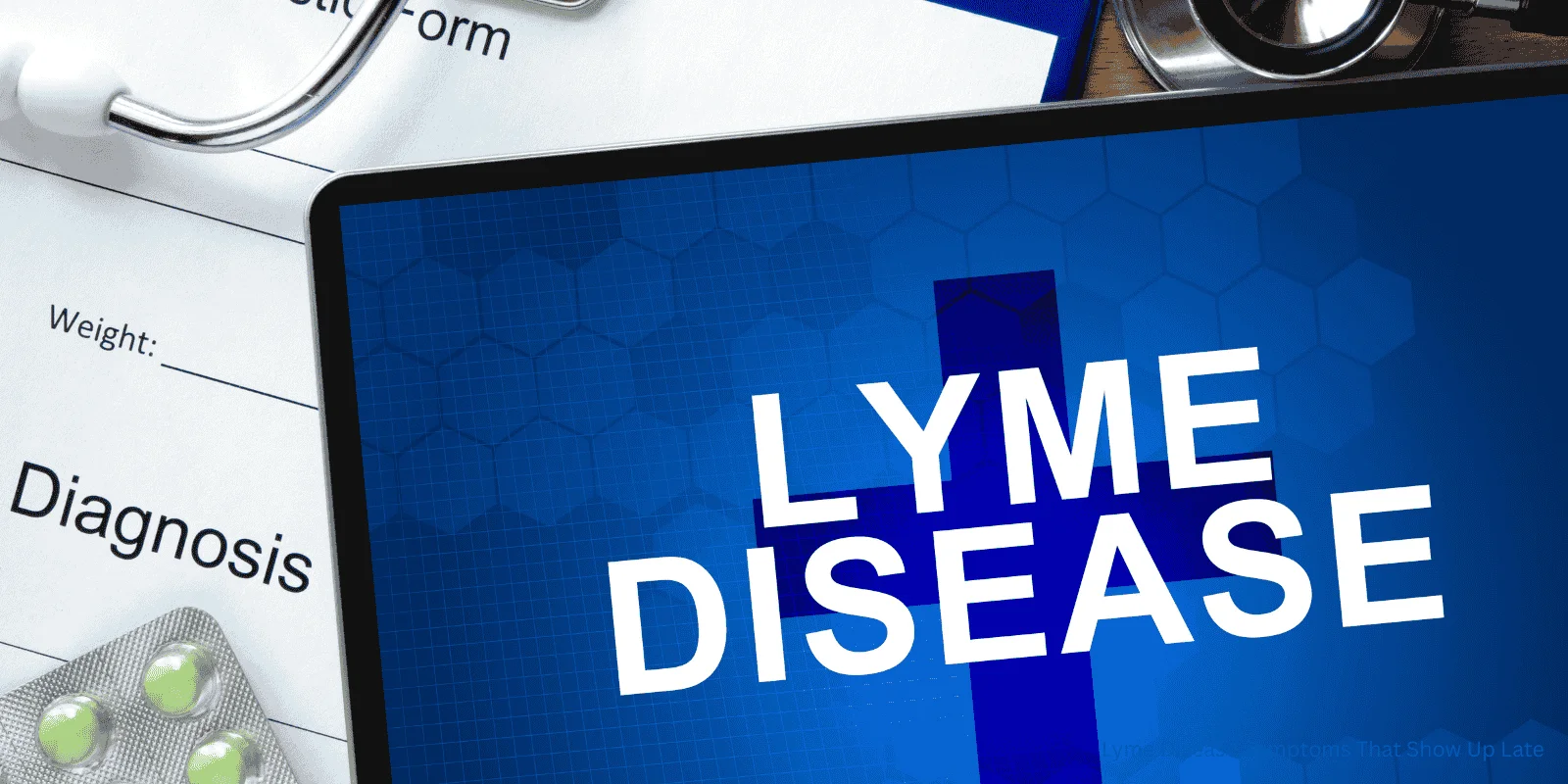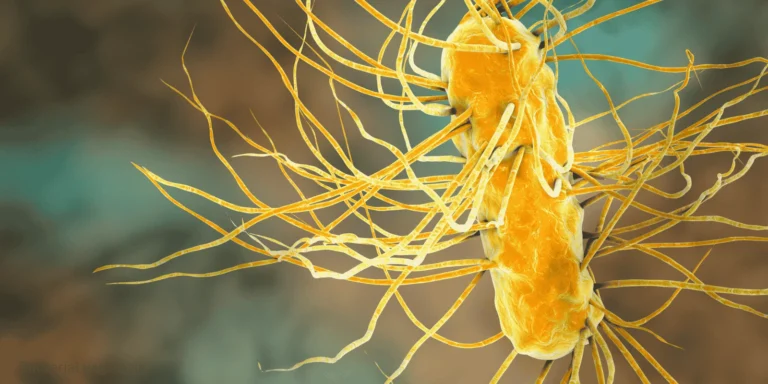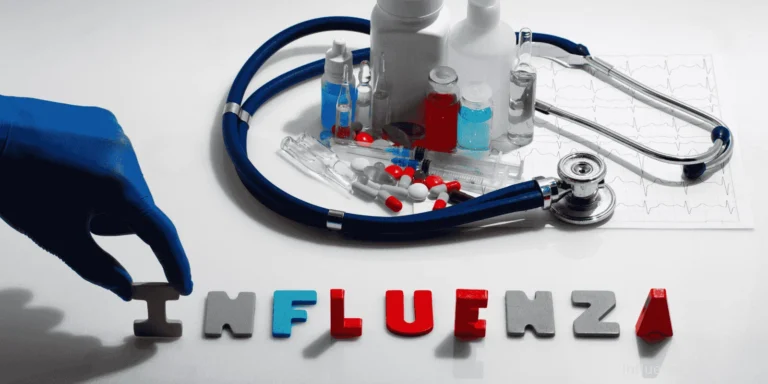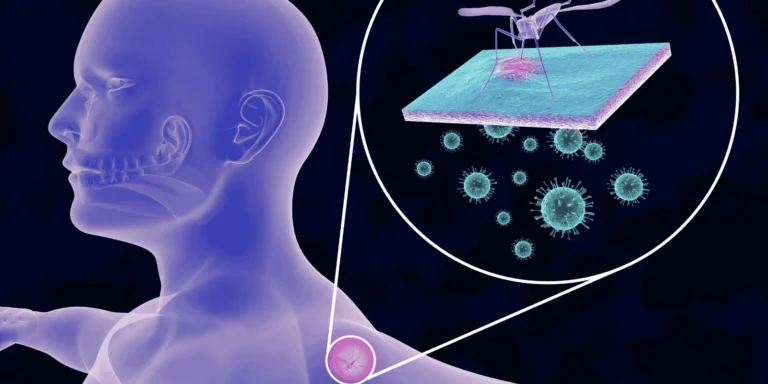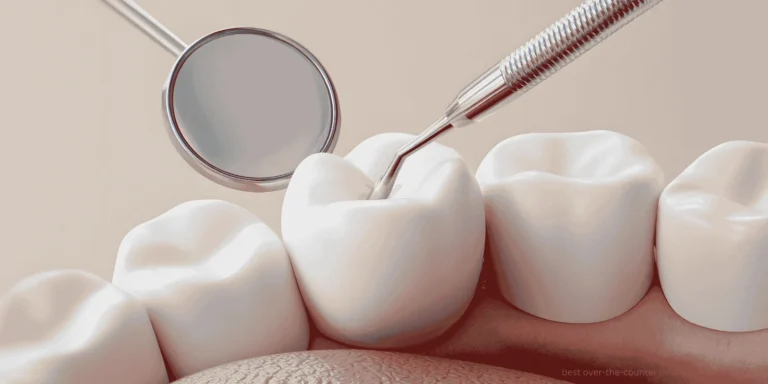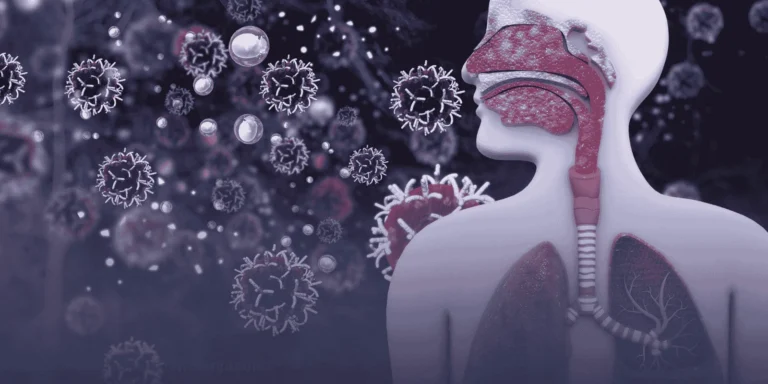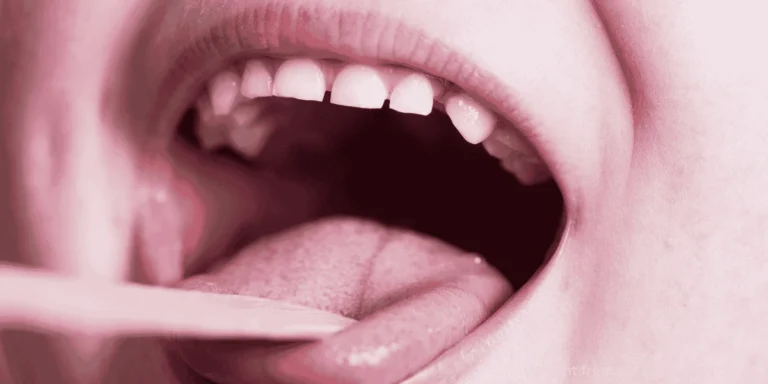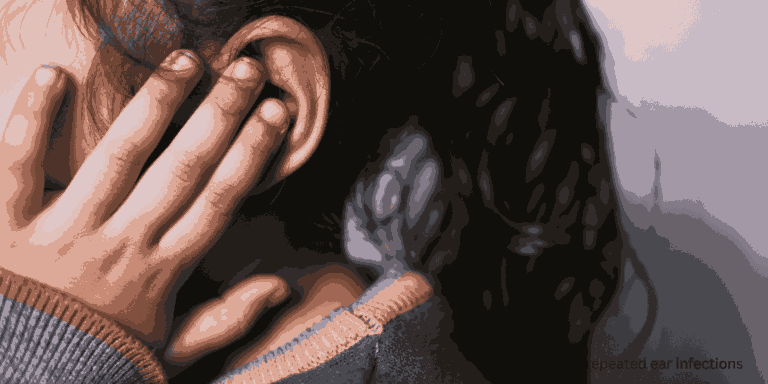“I had a tick bite three months ago and felt fine,” my patient explained. “Now my knee is swollen and I have terrible fatigue. Could this be related?”
Late-stage Lyme disease symptoms can appear weeks to months after the initial tick bite, often catching people off guard who thought they had escaped infection. Understanding these delayed manifestations helps recognize treatable infections before permanent complications develop.
Why Symptoms Appear Late
Bacterial dissemination takes time as Lyme bacteria spread from the initial bite site throughout the body.
Immune response delays mean some symptoms don’t develop until the body mounts specific reactions to bacterial presence.
Tissue invasion into joints, heart, and nervous system occurs gradually over weeks to months.
Untreated early infection allows bacteria to establish in multiple body sites, creating diverse symptom patterns.
Neurological Lyme Disease
Facial palsy (Bell’s palsy) can develop 3-10 weeks after infection, causing one-sided facial weakness or paralysis.
Meningitis symptoms including severe headache, neck stiffness, and light sensitivity may appear weeks after bite.
Nerve pain and numbness in extremities can develop as bacteria affect peripheral nerves.
Cognitive difficulties including memory problems, confusion, and concentration issues sometimes emerge months later.
Lyme Arthritis
Joint swelling typically affects large joints, especially knees, appearing 2-6 months after initial infection.
Intermittent pattern — arthritis may come and go, affecting different joints over time.
Pain disproportionate to physical findings, with significant discomfort even when swelling seems modest.
Limited mobility develops as joint inflammation progresses without treatment.
Cardiac Complications
Lyme carditis can develop 1-2 months post-infection, affecting the heart’s electrical system.
Heart block causes dizziness, fainting, or shortness of breath as electrical signals slow or stop.
Palpitations and chest pain may be the first indicators of cardiac involvement.
Temporary effects — cardiac symptoms usually resolve with appropriate antibiotic treatment.
Chronic Fatigue Development
Profound exhaustion that doesn’t improve with rest can persist for months.
Post-exertional malaise where normal activities cause disproportionate fatigue.
Sleep disturbances including both insomnia and excessive sleeping without feeling refreshed.
Functional impairment affecting work, school, and daily activities.
Eye Problems
Vision changes including blurry vision or light sensitivity can occur months after infection.
Eye inflammation affecting various structures may develop as bacteria spread.
Optic nerve involvement in rare cases can threaten vision if untreated.
Why Early Rash Gets Missed
No rash in 20-30% of Lyme cases means some people never develop the classic early warning sign.
Atypical locations like scalp or other hidden areas prevent rash detection.
Brief appearance means some rashes fade before being noticed or recognized as significant.
Timeline Variations
Weeks 1-4: Early disseminated disease with multiple rash lesions, fatigue, and flu-like symptoms.
Weeks 4-12: Neurological symptoms may begin, including facial palsy or meningitis.
Months 2-6: Arthritis typically appears, often after other symptoms have resolved.
Months 6+: Chronic symptoms may persist if early infection went undiagnosed and untreated.
Diagnosis Challenges
Antibody testing becomes more reliable weeks after infection as immune response develops.
False negatives can occur in very early or very late disease stages.
Clinical diagnosis relies on symptom patterns and exposure history when testing is inconclusive.
Treatment Differences
Early disease responds well to 2-3 week oral antibiotic courses.
Late neurological disease often requires 2-4 weeks of IV antibiotics for adequate treatment.
Lyme arthritis may need extended oral antibiotic courses lasting 4-8 weeks.
Cardiac involvement typically requires hospitalization and IV antibiotics.
Recovery Expectations
Most symptoms resolve with appropriate antibiotic treatment, though recovery may take weeks to months.
Arthritis improvement is often slower than other manifestations, sometimes requiring multiple treatment courses.
Neurological recovery varies but usually improves significantly with proper treatment.
Persistent symptoms in some patients require ongoing management and don’t always resolve completely.
Prevention Through Awareness
Tick bite documentation helps connect later symptoms to potential Lyme exposure.
Symptom vigilance for 30 days after known tick bites allows early recognition.
Multiple symptom patterns — understanding that Lyme presents differently in different people.
When to Suspect Late Lyme
Unexplained arthritis especially in large joints of people with tick exposure history.
Neurological symptoms without other obvious causes in people from endemic areas.
Cardiac symptoms in younger, otherwise healthy individuals with outdoor exposure.
Combination symptoms — fatigue, joint pain, and cognitive issues appearing together.
The key is maintaining awareness that Lyme disease doesn’t always announce itself clearly at onset. Late symptoms require connecting dots between past tick exposure and current complaints that might seem unrelated.

